Earth Collided With Another Planet? New Evidence Reveals Incredible Crash
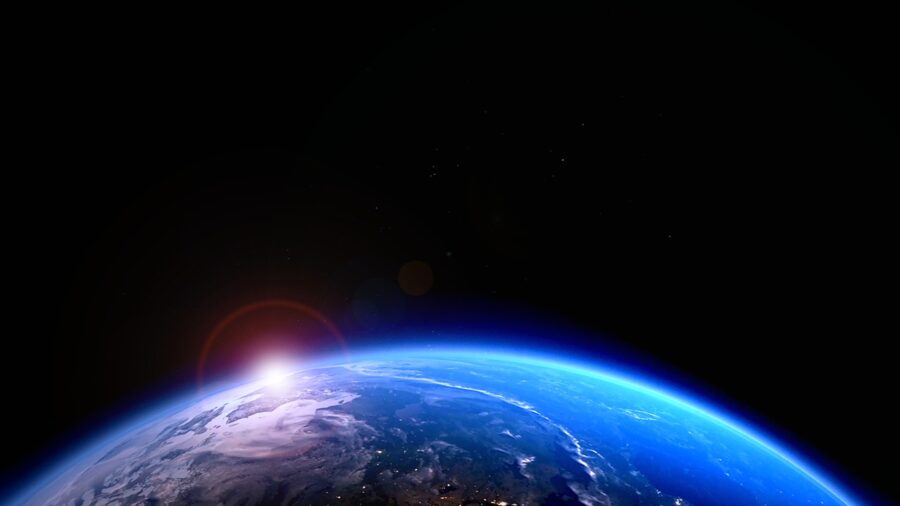
Back in the 1970s, scientists found two enigmatic blobs lurking beneath Earth’s mantle and have pondered where they are from ever since. These masses, one of which is under Africa and the other is under the South Pacific Ocean, may be a result of a massive collision over 4.46 billion years ago between our planet and a Mars-sized object called Theia. These blobs, which make up roughly two percent of our planet’s mass, may be traces of Theia that were left over after this destructive event (via VOA News).
The Birth Of The Moon
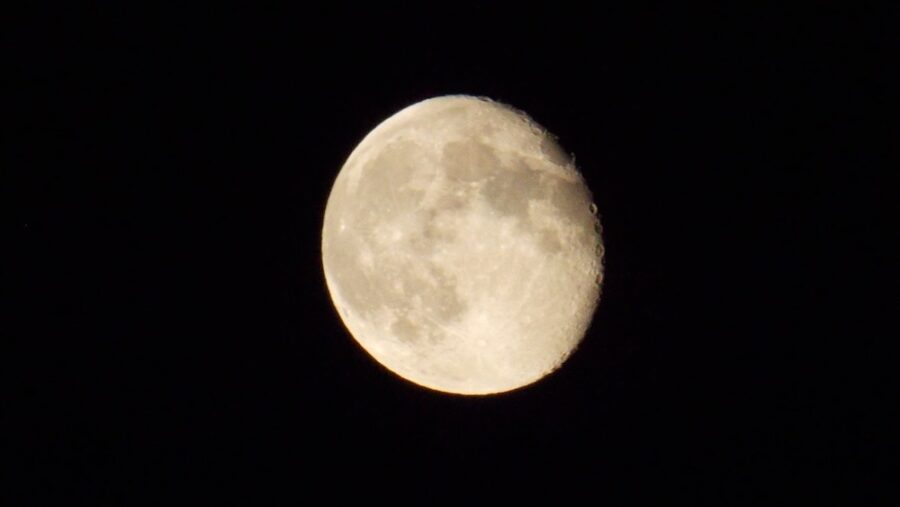
The collision between Earth and Theia is also theorized to have given birth to the moon. To test this theory, a research team composed of Caltech geophysicist Qian Yuan, Caltech professor Paul Asimow, and Hongping Deng from the Chinese Academy of Sciences’ Shanghai Astronomical Observatory ran computer simulations to model the aftermath of this colossal crash. The simulations show that it’s possible that part of Theia sank into the depths of our planet, and the rest broke off to form the moon.
Parts Of Theia Trapped Deep Within Earth’s Mantle
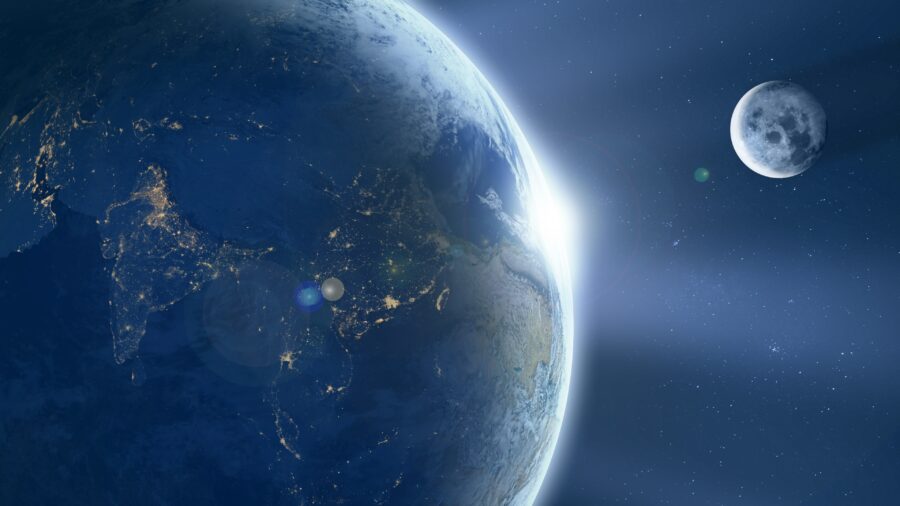
As Yuan explains, the massive blobs in Earth’s mantle are roughly 2,900 kilometers below our feet. The blobs were first detected through seismology instruments because the seismic waves traveled slower in the regions where the blobs are located compared to areas in the surrounding mantle. These blobs are truly huge, too, with each of them being twice the mass of our moon.
That certainly puts into perspective how massive Theia was, and its crashing into Earth would have undoubtedly changed our planet’s structure dramatically. If we can better understand the structure of Earth throughout the eons, it may help us understand more about evolution on our planet and why our planet is the only one that is habitable in our solar system. Overall, it’s very cool to think that there could be remnants of another planet buried beneath the surface of our own planet.
A New Explanation For Life On Earth?
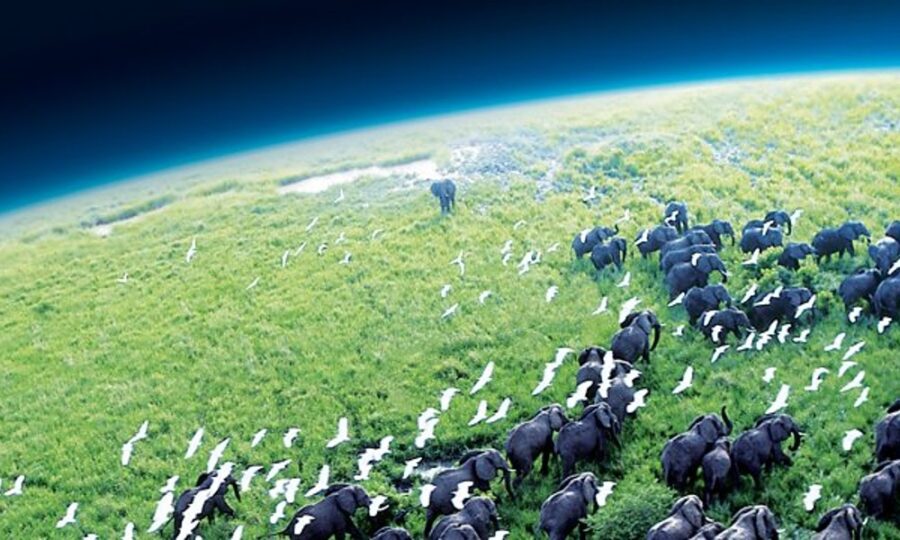
In any case, more research is needed on these blobs to confirm things, but if the theory ends up being true, then it could also help us learn how the moon was born. The way these blobs change Earth’s structure from a simple layered planet to something more could also help us understand why our planet is so good for supporting life over the years. Also, the moon theory is further supported by the fact that both the blobs in the mantle and the rocks taken from the moon have high levels of iron.
Volcanic Rock Could Be Planet Chunks
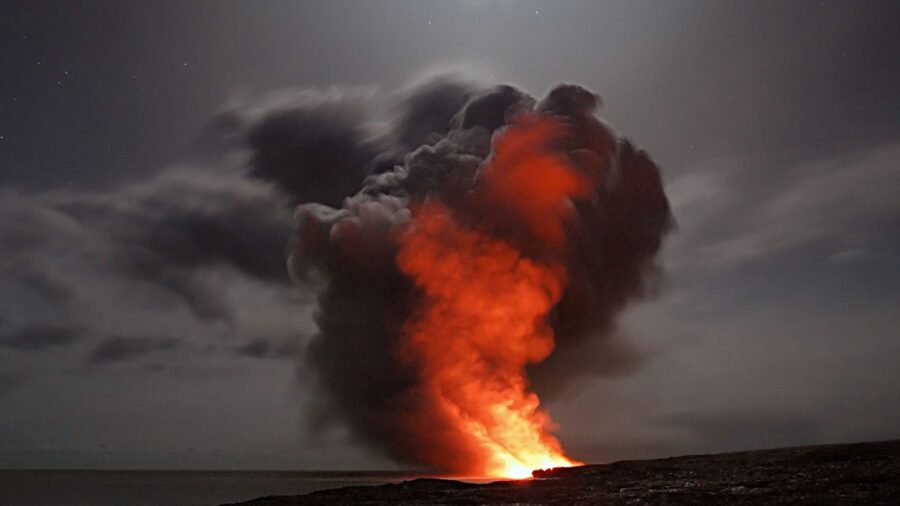
The study also suggests that volcanic rocks that come up through the Earth’s surface could have fragments of Theia. The model the study used predicts that isotopes or trace elements in the blobs could possibly match up with isotopes and trace elements found on the surface of the Moon. When humanity engages in future lunar missions, they could make sure to collect samples that could be compared to our blobs to see if they both come from the same place.
Secrets From Deep Within Earth
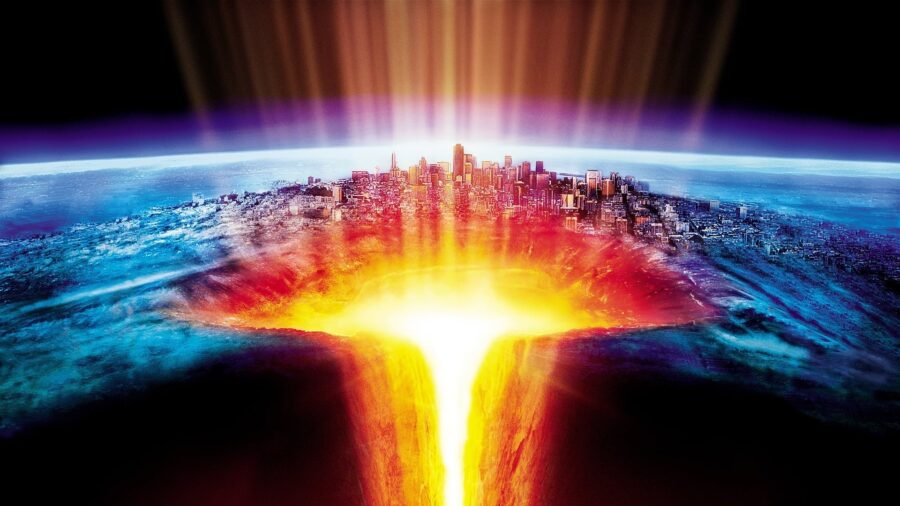
In any case, there are plenty more studies to be done on these mysterious masses beneath the mantle of the Earth. By studying the consequences of this ancient crash, hopefully, we’ll be able to uncover the mysteries that make our planet different from others while also revealing how we got our moon. Stay tuned for more interesting news about science and space.












